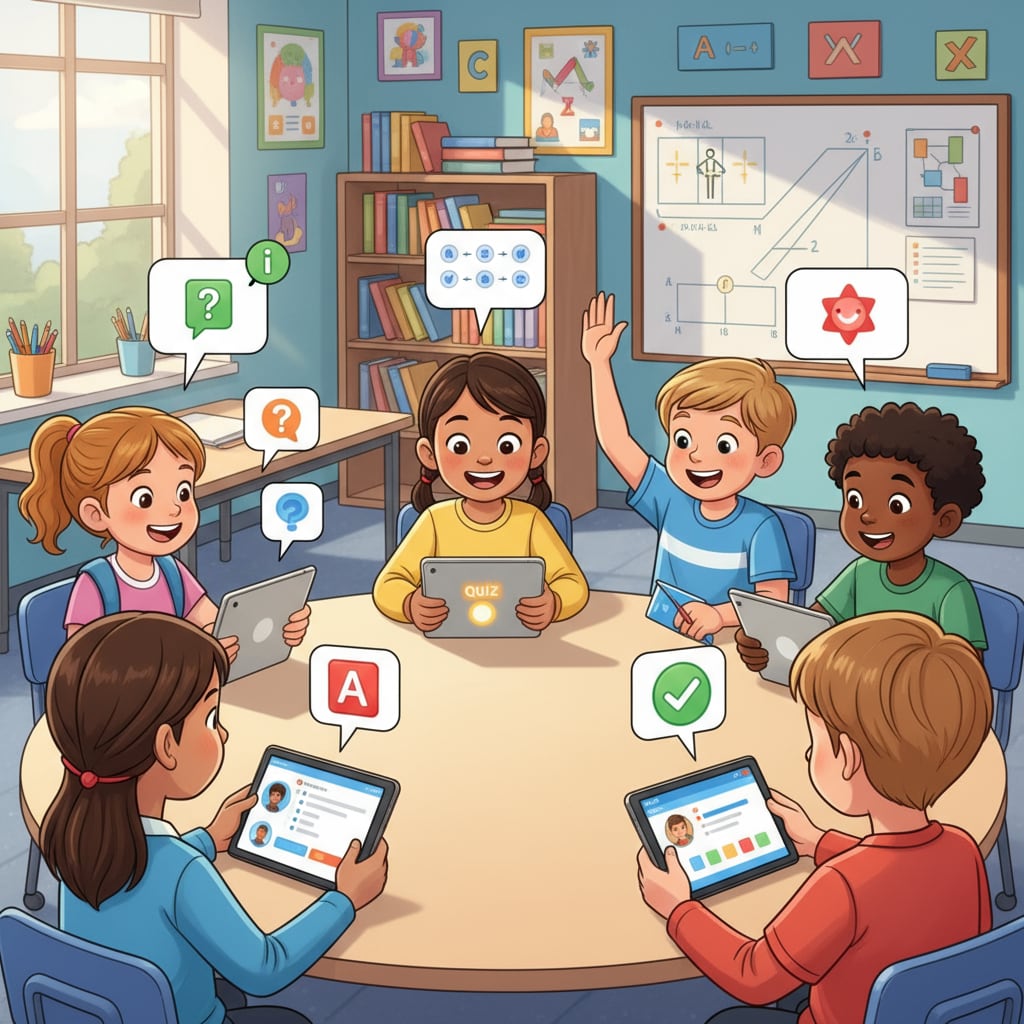In the realm of modern education, educational technology has become a cornerstone for enhancing classroom learning and fostering student engagement. As we move beyond the traditional smart boards, there are several innovative tools that are reshaping the K12 educational landscape. Let’s explore five such tools that can truly transform the learning experience.

Interactive Learning Platforms
Interactive learning platforms like Kahoot! and Quizlet have revolutionized the way students engage with course material. Kahoot! creates a game-like environment for quizzes, making learning fun and competitive. Students can answer questions in real-time, and the platform provides instant feedback. Quizlet, on the other hand, offers flashcards, games, and study modes that help students memorize and understand key concepts. These platforms not only increase student participation but also cater to different learning styles. For example, visual learners can benefit from the colorful graphics on Quizlet, while kinesthetic learners enjoy the interactive nature of Kahoot! Kahoot! on Wikipedia
Personalized Learning Software
Software such as Khan Academy and DreamBox Learning are designed to meet the individual needs of students. Khan Academy offers a vast library of video lessons and practice exercises across various subjects. The platform adapts to the student’s pace, providing additional support when needed. DreamBox Learning uses artificial intelligence to customize math lessons for each student. By analyzing students’ responses, it can identify areas of strength and weakness and tailor the curriculum accordingly. This personalized approach ensures that every student can reach their full potential. Educational Software on Britannica

Digital Collaboration Tools
Tools like Google Classroom and Microsoft Teams have made classroom collaboration seamless. Google Classroom allows teachers to distribute assignments, grade work, and communicate with students. Students can submit their work online, and classmates can collaborate on projects in real-time. Microsoft Teams offers similar features, along with video conferencing capabilities. This is especially useful for group discussions and remote learning. These digital collaboration tools enhance communication and teamwork among students, preparing them for the digital workplace.
Virtual Reality (VR) and Augmented Reality (AR) in Education
VR and AR technologies are bringing a new level of immersion to the classroom. For instance, VR can transport students to historical events or far-off places, making learning more engaging. AR can overlay digital information on real-world objects, like using an AR app to explore the human body on a physical model. These technologies are not only fun but also help students better understand complex concepts. However, implementing VR and AR requires proper infrastructure and training for teachers.
Assessment and Analytics Tools
Tools such as Edmodo and Canvas provide educators with valuable insights into student performance. Edmodo offers features for creating quizzes, assignments, and polls. It also provides analytics on student participation and understanding. Canvas, a learning management system, offers detailed analytics on student progress, including time spent on tasks and areas of difficulty. By using these assessment and analytics tools, teachers can make data-driven decisions to improve their teaching strategies.
Readability guidance: Each of these tools has its unique way of enhancing educational technology in the classroom, promoting student engagement, and improving overall learning quality. Educators should carefully consider their students’ needs and available resources when choosing the right tools. These tools are not just about integrating technology but about creating a more dynamic and effective learning environment for K12 students.


